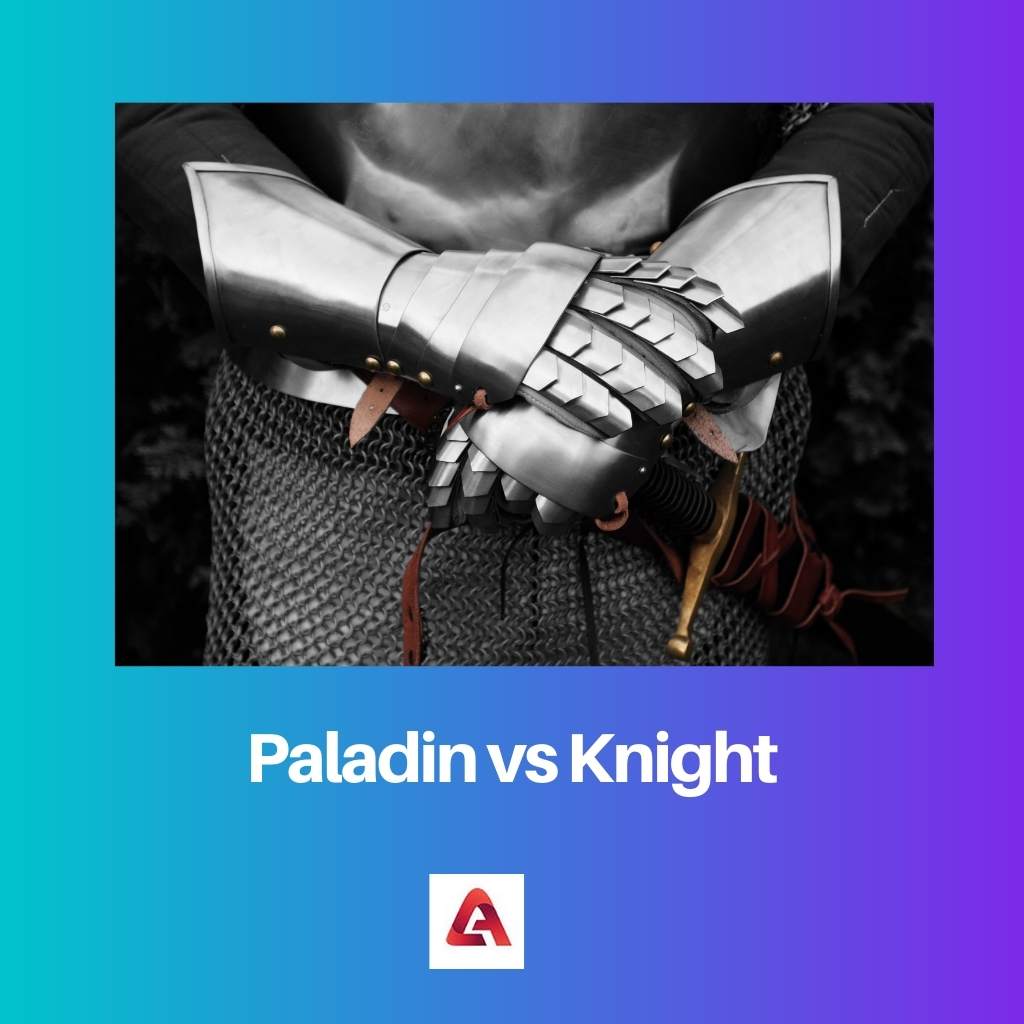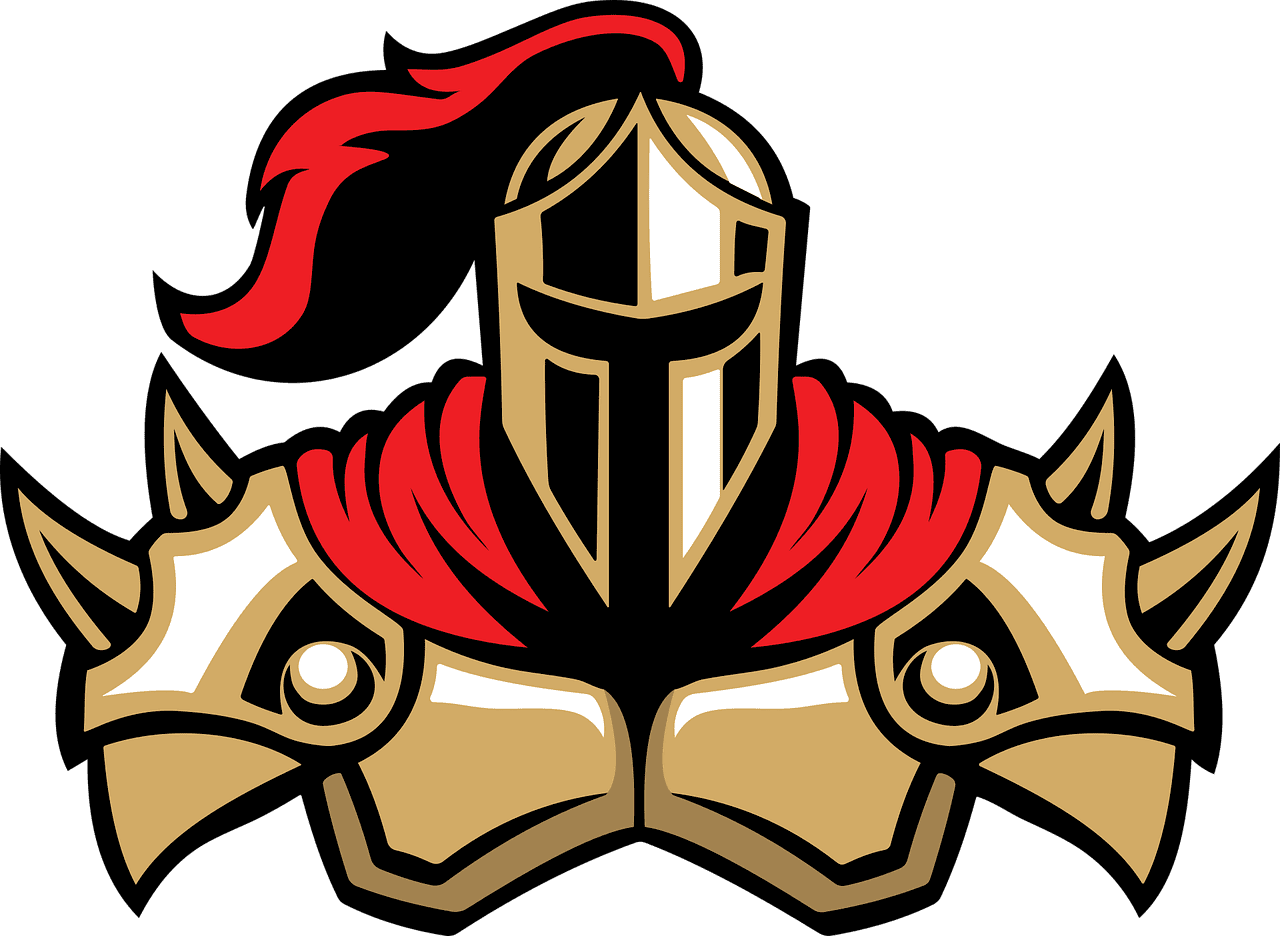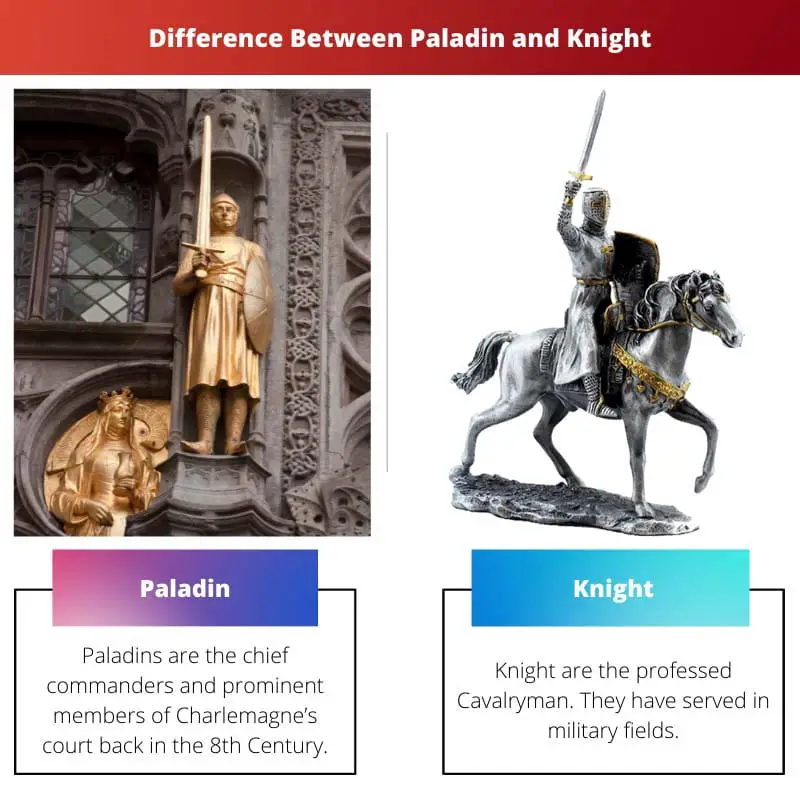Back then, in Medieval and early modern Europe, Paladins and Knights have been ubiquitous. As such, now they sound like urban legends. Besides, their references are bit by bit burgeoning through games, tales, poems, and so on.
Paladins, soldiers, knights, kings, dukes, etc., are the birds of a feature but with distinctive ranks.
Key Takeaways
- Paladin is a warrior who upholds righteousness, justice, and moral principles, while a Knight is a person who is skilled in combat and trained in using weapons.
- Paladin takes an oath to follow a code of conduct, while Knight does not necessarily have such a strict set of rules.
- Paladin is associated with being more honorable, selfless, and devout than a Knight, who is viewed as a skilled fighter with no specific religious or moral obligation.
Paladin vs Knight
A paladin can be a conqueror. A paladin is also referred to as an elite military person. They are the commanders of the country. A paladin is also called a crusader. Knight is a trained soldier who can use weapons. A knight is also called a warrior. They fight in a battle according to the instructions given by the administrator.

Paladins were considered one of the fictional characters of the twelve Knights of Legends, while earlier, they were the leading champion for military missions. They were initially disseminated through 12th-century romances.
Following that, they were portrayed as courteous paladins fighting against villains around Europe in various plays. Subsequently, they garnered light again in the 19th century through Italian Renaissance works.
On the other hand, Knights are the ones with the title of Knighthood, and their only job is to fight by the commands of the higher hands. Their origin was back in Greek during the classical era.
In this epoch of modernity, they were acknowledged among the Christian churches and still impersonate a telling role in the city of Rome.
Comparison Table
| Parameters of Comparison | Paladin | Knight |
|---|---|---|
| Meaning | Paladins are the chief commanders and prominent members of Charlemagne’s court back in the 8th Century. In other words, Paladins are twelve fictional knights of legend. In other words, they are an elite 12 military person. | Knight are the professed Cavalryman. They have served in military fields. Knights is an honorary title as “Knighthood”, representing service to the monarch, country, and military sector. |
| History | Initially, they appeared in the 12th Century playing one of the closest retainers of the Roman emperor and later in 1592, the term “Paladins” derived from Delia by Samuel Daniel. On the other hand, Paladins has come from old French “Comes Palatinus” who are in the first-class. | Knights are originated from the Greek Hippies and Hoplite. During the beginning of the Middle Age in Europe, Knights are considered armies or military persons and warriors. |
| Rank | Paladins are considered twelve peers and close retainers to the higher officials, royal men and King’s chief or close members. | At first, Knights are from lower nobility, but later they turned out to be ideals of Chivalry and became Courtly Christian warrior. |
| Other names | Templar, Crusader and Comes Palatinus | Armies, Knighthood, soldier, warmen, warrior and |
| Roles | In the 12th Century, they played a role in the Round Table knights in Arthurian romance. Historically, during the Roman period, Paladins played as the closest retainers, then later, they appointed as higher official- serving as the first assistant of the king in His judicial. After the end of the Merovingian dynasty, Paladins are considered to be royal men. | Initially, they have mounted warriors. In the 15th Century, Knights attained high nobility because of the ideals of Chivalry. And recently, we might encounter Knights in Christian Churches and many military units. |
What is Paladin?
Dragging on the real definition of Paladin, they were the champion of the leading military army during the 8th century under Charles the Great rule through Europe.
Paladin originated from the Latin word ‘Platinum, which means imperil, and also one of the hills of Rome. Latterly, various French, Italian, and English nuances replaced them.
They were escorts of the emperors in the medieval periods helping them through judicial duties.
Subsequently, they were put in charge of the military and administrative works of the kingdom. Albeit their real occupation, Paladins were referred to in various European arts, including romantic poems, plays, drams, and fiction.
One of their limelight works was The Song of Roland, where the Paladins were portrayed as Charlemagne’s army against the Muslim invasion of Europe.
There are countless portrayals of Paladins that have been elicited through European works of literature. In this paradoxical age, the talks of Paladins were made by William Shakespeare, Italian Renaissance and Victorian artists, German emperors, and even by Adolf Hitler.
In layman’s terms, Paladins are known as the bolstering champions of the Empire.

What is Knight?
In the abstract, Knights were considered an underrated rank. In the wake of being a knight, their only job is to battle like a warrior under the instructions of the administrator. To put it across, they are oftentimes served by the Monarch and Church of the Nation as a presumptuous warrior.
Their attire is made of steel with helmets, a cape, a sword, and a shield in their hands, along with a horse. They are dawned in Greek with The Great Knight Siegfried, who was entitled as a knight with its relevant attire.
Furthermore, they were termed as warriors, especially to serve Christianity throughout the British countryside back then. Knights are portrayed as intrepid, vanity, powerful warriors in the Middle Ages.
Over and above, they are young heroes with zest and zeal to shield their feudal lord’s territory from attacks.
In subsequent decades, they are designated with respect to their different professions, including horseman, a lad, an assistant to the military commander, soldier, rider, and so on. However, they are prominent historians in various entertainment.

Main Differences Between Paladin and Knight
- Historically, Paladins are chief commanders and royal members of Charlemagne’s court. On the other hand, Knights are professional cavalrymen in the low noble.
- Paladins originated in the 8th century as chief officials, whereas Knights originated from the Greek Hippies in the early Middle age in Europe.
- When it comes to roles, Paladins have played numerous roles, especially as the closest retainers of the King, Royal men and advisors to the country. On the other hand, Knights are just military person or warrior who fights for the country.
- In recent times, Paladins have been named heroic, intrepid and mettlesome knights. And Knights are named as a warrior only who serve the country and people.
- Paladins are also known as Templars, Crusaders and Come Palatines. Albeit, Knights are known as warriors, soldiers, military and armies etc.


The origins and roles of Paladins and Knights are elucidated in an engaging manner. This has been an enlightening read indeed.
Absolutely, Spatel. The author has done an exceptional job in providing a nuanced understanding of Paladins and Knights.
I share your sentiments, Spatel. The content of this article is thought-provoking and sheds light on an intriguing aspect of history.
The detailed description of the responsibilities and titles of Paladins and Knights is truly enlightening. This is a fascinating piece of historical analysis.
I couldn’t agree more, Yvonne. The comprehensive overview of Paladins and Knights in this article is commendable.
The historical context and comparison provided here are truly enlightening. It’s a thought-provoking read for those interested in medieval history.
The historical significance of Paladins and Knights has been beautifully elucidated in this article. It’s a captivating read.
I echo your sentiments, Nicole. The depth of historical analysis in this article is truly commendable.
Absolutely, Nicole. This article has provided a fresh perspective on the roles and contributions of Paladins and Knights.
This article is an exemplary piece of historical analysis. It provides a comprehensive understanding of the significance of Paladins and Knights.
I’m thoroughly impressed by the level of detail and historical insight in this article. It’s an exceptional piece of work.
The distinction between Paladins and Knights is fascinating. Thanks for providing such informative details on their roles and history!
I completely agree, Mohammed. This article sheds light on an aspect of medieval history that is overlooked.
This is a well-researched and enlightening piece. It really gives a thorough understanding of the differences between Paladins and Knights.
The in-depth historical context provided in this article is truly impressive. It’s a valuable contribution to understanding the roles of Paladins and Knights.
I couldn’t agree more, Bailey. This article has certainly broadened my knowledge of medieval history.
The historical context provided here is invaluable. It’s fascinating to see how Paladins and Knights evolved over the centuries.
I’m truly impressed by the level of detail and historical accuracy presented in this article. It’s a great read for history enthusiasts.
I couldn’t have said it better, Leah. This article offers a comprehensive overview of the rich history of Paladins and Knights.
The comparison table is incredibly helpful in understanding the nuances between Paladins and Knights. Thank you for this detailed analysis.
I couldn’t agree more, Ylee. This article has truly deepened my understanding of the historical roles of Paladins and Knights.